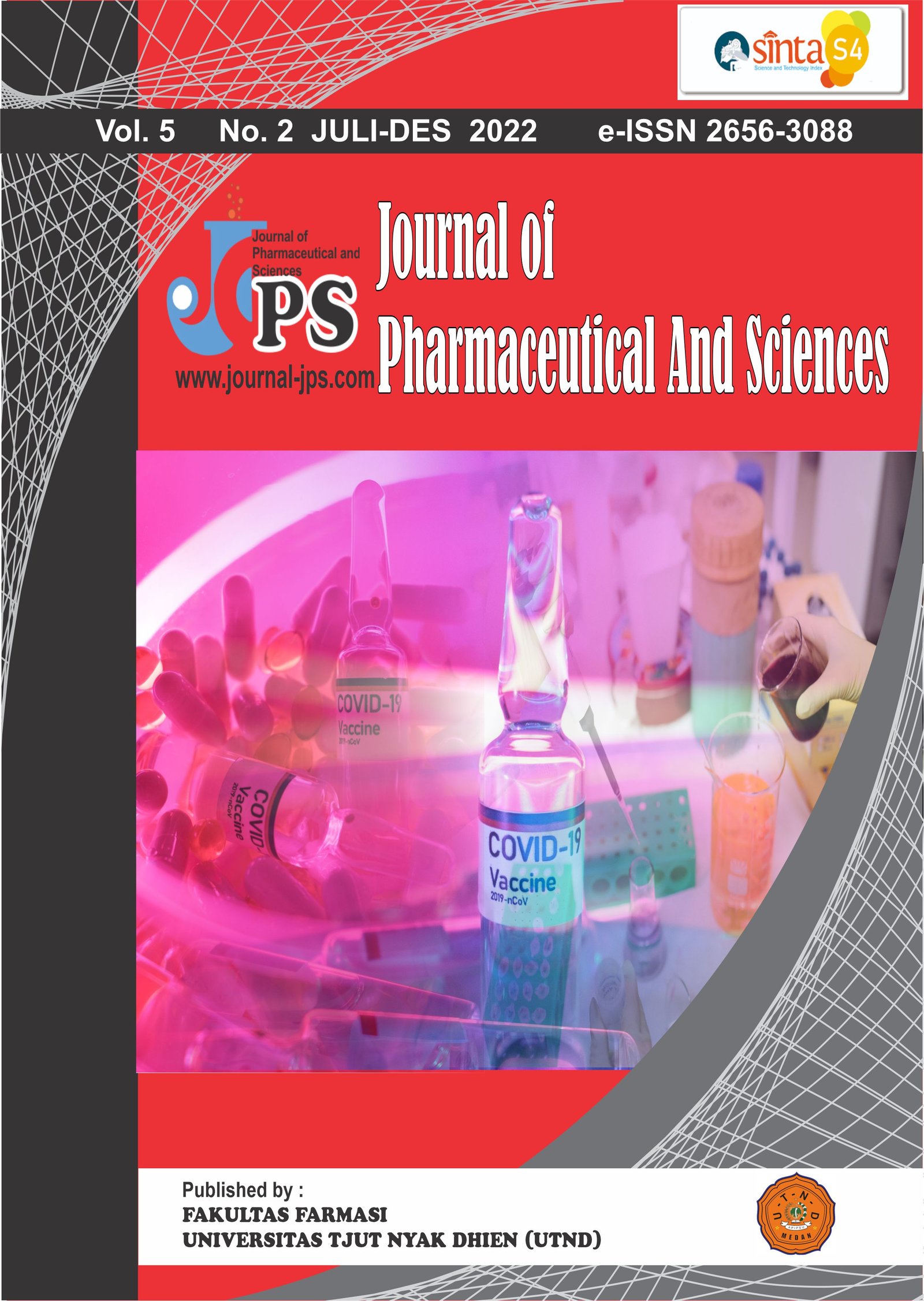Compston J. Type 2 Diabetes Mellitus And Bone. J Intern Med. 2018;283(2):140–53.
Decroli E. Diabetes Melitus Tipe 2. In: Kam A, Efendi YP, Decroli GP, Rahmadi A, editors. 1st ed. Padang: Pusat Penerbitan Bagian Ilmu Penyakit Dalam Fakultas Kedokteran Universitas Andalas; 2019. p. 1–3.
Lembaga Penerbit Badan Penelitian dan Pengembangan Kesehatan. Laporan Nasional Riskesdas 2018. Jakarta; 2018.
Aprilla YF. Faktor yang berhubungan dengan kualitas hidup penderita diabetes melitus tipe 2 di RSUP Dr. M. Djamil Padang tahun 2017 [Skripsi]. Padang : Universitas Andalas; 2017.
Centres for Disease Control and Prevention. Prevalence Of Diagnosed Diabetes. Amerika Serikat; 2021.
Muliani A, Hasni D, Malik R. Evaluasi Adherensi Pengobatan Pasien Diabetes Melitus Tipe 2 Di Era Pandemi Covid-19. Hum Care J. 2021;6(2):396–405.
Direktorat Pencegahan dan Pengendalian Penyakit Tidak Menular. Diabetes Fakta Dan Angka. Jakarta; 2016.
International Diabetes Federation. IDF Diabetes Atlas 10th Edition. 2021.
Sudoyo AW. Buku Ajar Ilmu Penyakit Dalam Jilid Ii. In: Setiati S, Alwi I, Simadibrata M, Setiyonadi B, Syam AF, editors. 6th ed. Jakarta: InternaPublishing; 2015. p. 2369–76.
Reardon R, Simring D, Kim B, Mortensen J, Williams D, Leslie A. The Diabetic Foot Ulcer. Aust J Gen Pract. 2020;49(5):250–5.
Saputri RD. Komplikasi Sistemik Pada Pasien Diabetes Melitus Tipe 2. JIKSH. 2020;11(1):230–6.
Adri K, Arsin A, Thaha RM, Hardianti A. Faktor risiko kasus diabetes mellitus tipe 2 dengan ulkus diabetik di RSUD Kabupaten Sidrap. J Kesehat Masy Marit. 2020;3(1):1–8
.Detty AU, Fitriyani N, Prasetya T, Florentina B. Karakteristik Ulkus Diabetikum Pada Penderita Diabetes Melitus. JIKSH. 2020;11(1):1–7.
Angkasa MP, Ta’adi, Hartono M. Pengaruh Rendam Air Garam Terhadap Proses Penyembuhan Ulkus Diabetikum. J Smart Keperawatan. 2017;4(2):45–55.
Sukartini T, Dee TMT, Probowati R, Arifin H. Behaviour model for diabetic ulcer prevention. J Diabetes Metab Disord. 2020; 9 (1): 135–43. Fakultas Kedokteran Universitas Andalas


